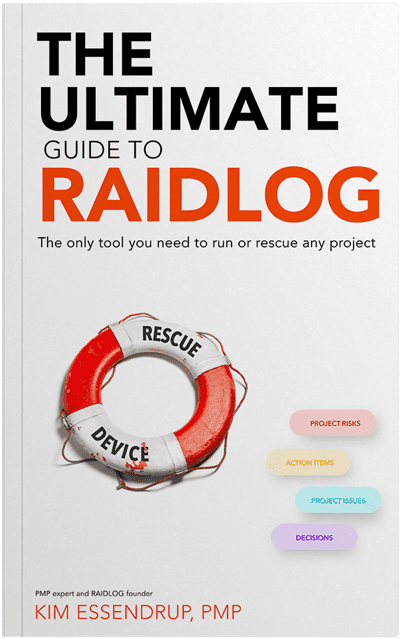If you sit down with your team early in the project when doing your initial planning, you’ll find that you can identify most of the important decisions and approvals that need to be made in your project in advance, giving you an opportunity to plan for them. As you identify them, they should all go into your Decision log.
You will also find that many decision points come up ad-hoc through the lifecycle of the project, and this is OK. It’s just as important to get these decisions logged and managed through the same process as you do for decisions that you plan in advance.
Like our risk identification process, when we identify decisions, we want to capture not only the decision to be made, but the reason we need to have the decision made and its impacts. Like risks, this can be done in a problem / impact statement. For example:
- We need to decide on a cloud hosting provider so we can start building out our infrastructure
- We need to decide whether or not to pass the planning gate to ensure our finalized plans still align with the approved budget and expected benefits or we could end up wasting resources and funds that could be spent on another project
- We need to approve the user acceptance testing results so we can ensure the system is working as expected before we roll it out to all our end users
